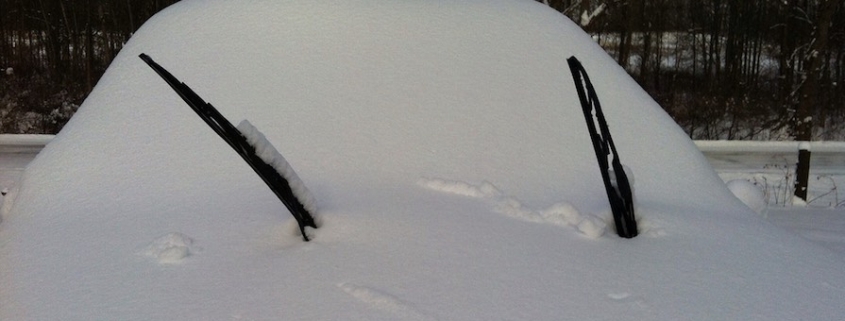NAPA Know How: What Are Winter Wiper Blades? A Seasonal Primer
[ad_1]
What are winter wiper blades? You’ve no doubt seen this item lurking on the shelves of your local auto parts store, but a quick inspection doesn’t necessarily reveal the key differences between these wipers and the spring/summer/fall set you’re used to running.
Why would you consider swapping in a different set of wiper blades once the snow starts to fall and the cold weather sets in? Is it really necessary, or merely optional, from a safety standpoint? Let’s take a closer look.
Difference in Design
In order for a wiper to be effective, it has to make strong contact with the windshield or the back glass of your vehicle. During warmer weather, this isn’t much of a challenge, but winter introduces several challenges that must be overcome in the design process.
When asking “what are winter wiper blades,” it’s important to note that there are two different types of wipers available on the market. The most common, and typically least expensive, use a metal frame and a set of springs to force the rubber of the blade against the glass. This mechanism can become clogged with snow, ice or other debris during cold weather driving, which means winter-specific models feature a covering that protects the frame and keeps out unwanted gunk. It’s easy to spot this particular improvement when comparing a summer and a winter blade side-by-side.
“Beam” wipers, however, are a little more inconspicuous. By embedding a metal band inside the blade itself, the wiper keeps its form without the need for a frame, giving them a smaller profile. This rubber material has been fortified with a number of other materials (including silicone, or sometimes Teflon) to keep it supple and bendy in normal operation, and to prevent it from freezing up once the temperatures drop. A stiff wiper is one that can’t maintain the arc needed to clean your glass, and so these designs are a good choice for winter driving, even if you don’t see a “winter” sticker on the label.
Note — you’ll often find this more flexible rubber spec on traditional winter blade designs, too.
Not Like Tires
Winter blades are tougher than the average wiper, but do you really need them? The answer depends entirely on the climate you live in. If you’re constantly dealing with harsh precipitation, road salt and ice, then winter wipers will most likely last longer — especially in the deep cold where summer wipers can freeze to the glass and tear as they move.
Another point to consider is that you can run “winter” wipers all year round, without any real negatives other than the bulky look of the traditional design. If you switch out your old wiper blades to a high-end beam wiper, you won’t even have to deal with that — you can just enjoy 12-month protection from smeared-and-messy windshields without any extra effort.
Check out all the vision and safety parts available on NAPA Online or trust one of our 16,000 NAPA AutoCare locations for routine maintenance and repairs. For more information on windshield wipers, chat with a knowledgeable expert at your local NAPA AUTO PARTS store.
Photo courtesy of Creative Commons.













